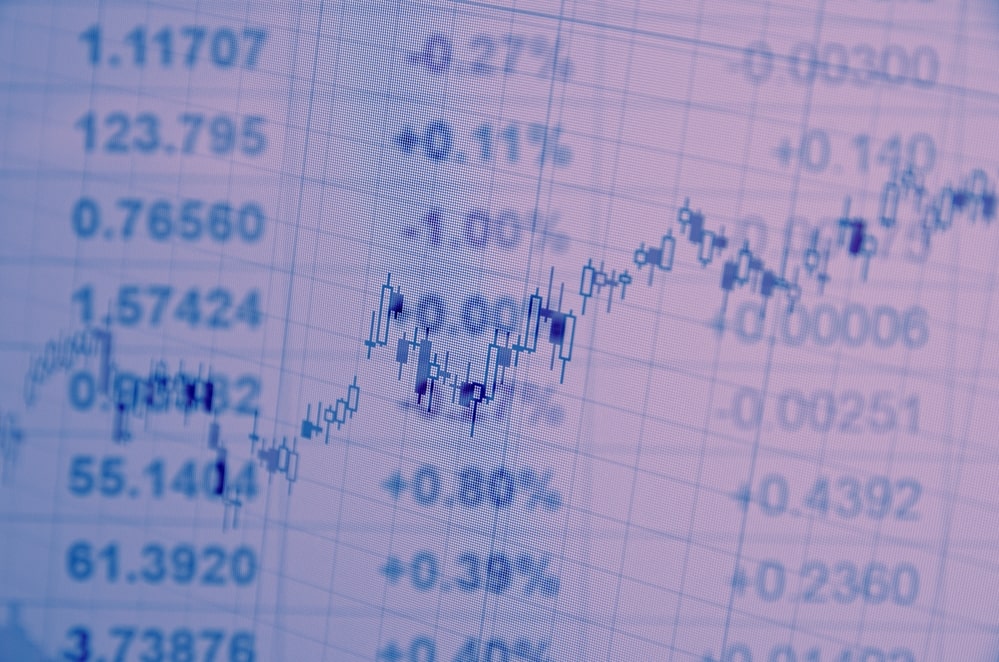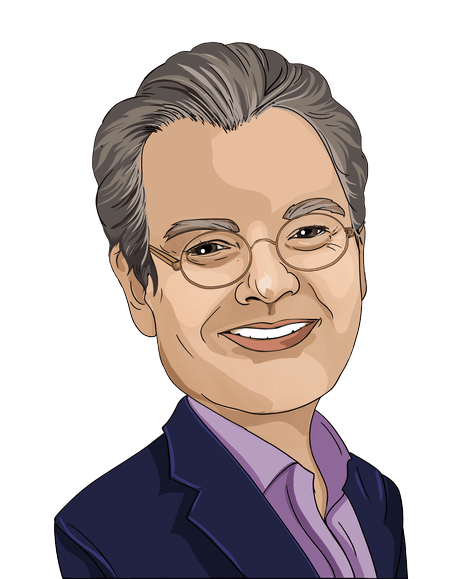

Summary
- The European Central Bank (ECB) and US Federal Reserve (Fed) are near the end of their tightening cycles, having raised rates materially in the past year or so.
- German and US bond yields have been extremely volatile so far this year, falling sharply during the banking crisis in March then rising as risk sentiment recovered.
- Short-end yields are not back to their year-to-date (YTD) peaks, but current levels are elevated enough to appeal to bond market participants.
This article is only available to Macro Hive subscribers. Sign-up to receive world-class macro analysis with a daily curated newsletter, podcast, original content from award-winning researchers, cross market strategy, equity insights, trade ideas, crypto flow frameworks, academic paper summaries, explanation and analysis of market-moving events, community investor chat room, and more.
Summary
- The European Central Bank (ECB) and US Federal Reserve (Fed) are near the end of their tightening cycles, having raised rates materially in the past year or so.
- German and US bond yields have been extremely volatile so far this year, falling sharply during the banking crisis in March then rising as risk sentiment recovered.
- Short-end yields are not back to their year-to-date (YTD) peaks, but current levels are elevated enough to appeal to bond market participants.
Market Implications
- Bullish German and US 2-year bonds. H2 2023 should see the German 2-year yield trade back towards the YTD low just above 2% and the US 2-year yield back towards the YTD low just above 3.5%.
- With inverted German and US yield curves back near their extreme YTD levels, pointing to a strong probability of a recession in the euro area and US, this will make fixed income even more attractive.
Introduction
German and US bond yields rose materially throughout 2022 and into early 2023 as both the ECB and Fed tightened policy aggressively to combat elevated inflation.
Since the US and European banking turmoil in March, bond yields have been on a rollercoaster ride. They initially fell on a flight to safety then ground higher as investor sentiment recovered.
We wrote about German and US bond markets in early March, citing the attractiveness of elevated yields. And, while yields are not back to those levels, they are elevated enough now for both the German and US short ends to attract buyers.
As we wrote back in March, this is not an exercise in picking the peak in yields. It is more a view that investors will look at current levels as good starting points to scale into long positions.
We therefore do not advocate an ‘all-in’ approach to bond buying. Nonetheless, averaging-in to long positions now makes sense. The yields are, once again, becoming too attractive to ignore.
And, with both the German and US yield curves being inverted, near their most extreme levels earlier this year, the probability of recession is elevated. This will make long fixed income positions even more attractive.
The Fed and ECB Are Near the End of Their Tightening Cycles
Both the Fed and ECB have tightened policy in a way not seen in decades. The ECB Deposit Rate (DR) is at a 20+ year high, while the Fed Funds Target Rate (FFTR) is at the highest level since 2007.
The Fed moved the FFTR target band from 0%/0.25% to 5%/5.25% in a little over one year, while the ECB raised its DR from -0.5% to 3.5% over roughly the same period. Elevated inflation prompted both central banks to act decisively.
Now, however, both cycles are near the end.
For the Fed, market expectations price the current policy rate very near its expected peak. There is a ~70% chance of another 25 basis points (bp) rate rise at the meeting next month, but beyond that there is no additional tightening priced.
For the ECB, there is roughly another 50bp of tightening currently priced, with 25bp expected at next month’s meeting and another 25bp in September or October.
In the ECB’s case, messaging from members of the central bank’s Governing Council (GC) has been mixed since last week’s rate hike.
This week, the ECB’s Isabel Schnabel said the GC should err on the side of raising rates too far rather than too little, adding that she thinks inflation risks are tilted to the upside. This messaging validates market expectations for a hike next month and again in September/October.
By contrast, ECB Chief Economist Philip Lane said that he expects inflation to fall ‘fairly quickly’ to the central bank’s 2% target. Lane also said that a lot of the ECB’s hiking is already done and struck a non-committal, wait-and-see tone regarding the September rate decision.
This difference of opinion on the GC opens the possibility that a rate rise next month might be the end of the current tightening cycle. Either way, as Lane suggests, the bulk of the ECB’s rate rises have already occurred.
2-Year German and US Bonds Look Appealing Again
German and US short-end yields have been on a rollercoaster ride in the past three or four months. Since topping out in early March, those yields fell precipitously in the following weeks. Yields on both sides of the Atlantic have been rising since late March and are now at attractive levels again.
2-Year German Yield
The 2-year German yield peaked on an intraday basis at ~3.38% on 9 March, which was the highest level since 2008.
In the following days, tumult in the US banking sector, together with the failure of Credit Suisse, drove yields sharply and quickly lower. The 2-year German yield printed an intraday low on 20 March at ~2.1%.

Since bottoming out, German short-end yields have retraced a large portion of March’s decline, with the 2-year now trading back above 3%.
Given the ECB has hiked 100bp over the last three meetings, the concomitant rise in the German 2-year yield is unsurprising.
Looking ahead, with the ECB already priced to raise rates by 50bp in the next two or three meetings, this expected tightening is arguably already embedded in German 2-year yields.
And, with the GC hinting at a less hawkish outcome than current pricing suggests, we like initiating long 2-year German bonds.
This is especially true given the outright yield level. Back in March, we argued that a yield over 3% would tempt buyers. The same is true today.
2-Year US Yield
Price action in the 2-year segment of the US Treasury (UST) curve is quite like 2-year Germany.
The 2-year UST yield peaked on an intraday basis on 8 March, at ~5.08%. As in Germany, the 2-year UST yield collapsed in the coming weeks, bottoming out on 24 March, printing an intraday low of ~3.55%.

The retracement from that low has seen the yield rise to ~4.75%, erasing a large chunk of the decline in the past three months or so.
At its past three meetings, the Fed has raised rates a total of 50bp, notably pausing at the latest meeting. Although many have characterised the Fed’s messaging last week as hawkish (given that the Summary of Economic Projections called for another 50bp of tightening), my colleague Dominique Dwor-Frecaut argued that the meeting produced a dovish outcome.
The market seems to agree, pricing the Fed hiking cycle very near its end. As such, the 2-year segment of the UST curve is starting to look attractive again, especially given the elevated outright yield level.
High Recession Probability Will Increase Appeal of Haven Bonds
The deep inversion of both the German and US 2s10s yield curves points to a high probability of a recession in the next year or so.
Yield curves are one of the most reliable predictors of recession. When long-term yields start to fall towards or below short-term yields, the curve flattens or inverts. This has often predicted a recession in subsequent months.
As an example, the last time the US curve (2s10s) inverted was August 2019. Within six months, the global economy was in recession. Admittedly, the COVID pandemic was a big factor, but the US economy was already slowing.
Using this 2s10s metric, the shape of the curve in both Germany and the US point to an elevated probability of a recession in both countries.
2s10s Germany is currently at -70bps, while 2s10s US is at -100bps. These levels of inversion are very near the multi-decade extremes of early March.

Macro Hive’s recession model currently assigns a 93% probability of a recession in the US within the next 12 months.
The strong likelihood of a recession in the coming year or so, combined with already appealing outright yield levels, means that long fixed income positions will become increasingly attractive to investors.
Conclusion
After several months of elevated volatility, German and US 2-year yields have retraced to above 3% and near 5%, respectively. This alone will tempt fixed income investors.
Two other factors support a long position in US and German 2-years:
- The ECB and Fed tightening cycles are almost over, with markets pricing only modest additional rate increases.
- Inverted 2s10s curves in Germany and the US point to a recession on both sides of the Atlantic.
As we wrote in March, picking the peak in yields (or the trough in prices) is a fool’s errand. Nonetheless, at current levels bonds will look attractive to market participants.
We like a cautious, scaled-in approach to establishing long fixed income positions, rather than an all-in approach. Nonetheless, the signals are coming together for lower 2-year yields in Germany and the US.
